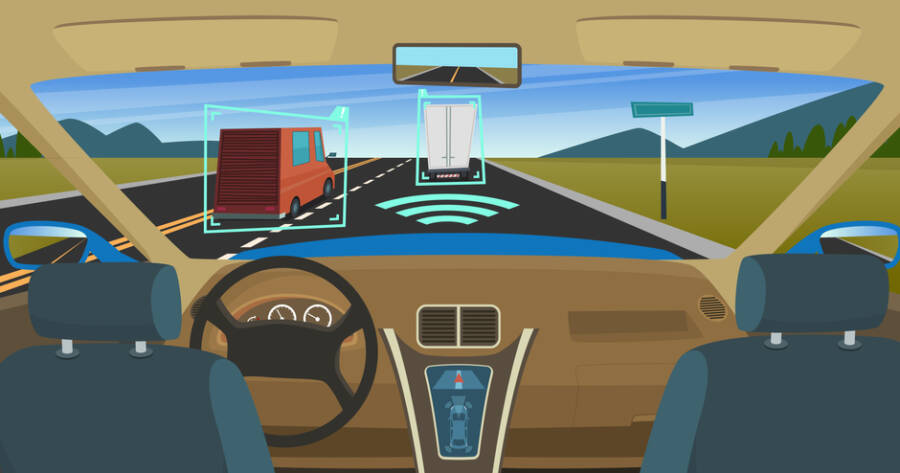The journey of automotive safety features showcases remarkable innovation and advancement. Over the decades, manufacturers have introduced technologies that aim to protect drivers and passengers, enhancing overall vehicle safety. From seatbelts to cutting-edge driver-assist systems, these developments highlight a commitment to minimizing risks on the road.
The Beginnings: Seatbelts and Airbags
The introduction of seatbelts marked a significant milestone in automotive safety. Initially met with skepticism, seatbelts gradually became essential features in vehicles, offering basic protection during collisions. As awareness of their importance grew, governments began mandating seatbelt use, resulting in widespread acceptance.
Airbags emerged as another critical innovation in crash protection. Initially installed in luxury vehicles, airbags soon became standard, complementing seatbelts. These devices deploy rapidly upon impact, cushioning occupants and reducing injury risks. Continuous improvements have led to the development of side and curtain airbags, further enhancing passenger safety.
The Rise of Anti-Lock Braking Systems (ABS)
Anti-lock braking systems (ABS) revolutionized vehicle safety by preventing wheel lock-up during sudden stops. This technology allows drivers to maintain steering control, potentially reducing the risk of skidding and collisions. Initially available in high-end models, ABS has now become a standard feature in most vehicles.
The adoption of ABS paved the way for further advancements in braking technology, such as electronic stability control (ESC) and traction control systems. These innovations work together to enhance vehicle stability by adjusting braking and engine power, enabling safer driving on challenging surfaces.
Advancements in Vehicle Structure and Design
Modern vehicles benefit from advanced structural designs that aim to minimize crash impact. Crumple zones, strategically designed to absorb energy during collisions, protect passengers by reducing force distribution. High-strength steel and advanced materials further enhance vehicle integrity without adding excess weight.
Design improvements extend to pedestrian safety as well. Vehicles now incorporate features like impact-absorbing bumpers and hoods that can lessen injury risks. These advancements reflect a broader focus on protecting both vehicle occupants and vulnerable road users.
Smart Safety: Driver-Assist Technologies
Technological innovation has introduced a new era of driver-assist systems designed to enhance safety actively. Features like adaptive cruise control, lane-keeping assist, and blind-spot monitoring have become integral to modern vehicles. These systems utilize sensors and cameras to provide real-time assistance and alerts.
Automatic emergency braking (AEB) is a notable advancement, automatically applying brakes if a collision seems imminent. Such technologies may prevent accidents or reduce their severity, making roads safer for everyone. As these features become more sophisticated, they offer a glimpse into the potential future of autonomous driving.
Communication and Connectivity
The integration of connectivity and communication technologies has added a new layer to automotive safety. Vehicle-to-vehicle (V2V) and vehicle-to-infrastructure (V2I) communication systems aim to reduce accidents by sharing real-time information about road conditions and traffic patterns. These systems notify drivers about potential hazards before they become visible.
The rise of smartphone connectivity has also influenced safety, enabling seamless integration with in-car infotainment systems. Voice-activated controls and hands-free technology aim to reduce distractions and keep drivers focused on the road. This approach balances connectivity with the need for safety, aligning with contemporary driving habits.
The Future of Automotive Safety
The future of automotive safety is poised for further transformation with developments in autonomous driving technology. Self-driving cars have the potential to change our understanding of road safety completely. While still in testing phases, these vehicles aim to eliminate human error, a leading cause of road accidents.
Collaboration between automakers, tech companies, and regulatory authorities is crucial for advancing this technology safely. By addressing ethical and legal considerations, the industry moves closer to realizing a future where autonomous vehicles might enhance mobility and safety standards globally.
Learn More Today!
The evolution of automotive safety features reflects decades of dedication to protecting drivers and passengers. From fundamental inventions like seatbelts to advanced driver-assist systems, these technologies continually improve road safety.
As we anticipate future innovations, understanding past developments ensures a deeper appreciation for the ongoing commitment to safety behind the wheel, inspiring a brighter, more secure future for all road users.

